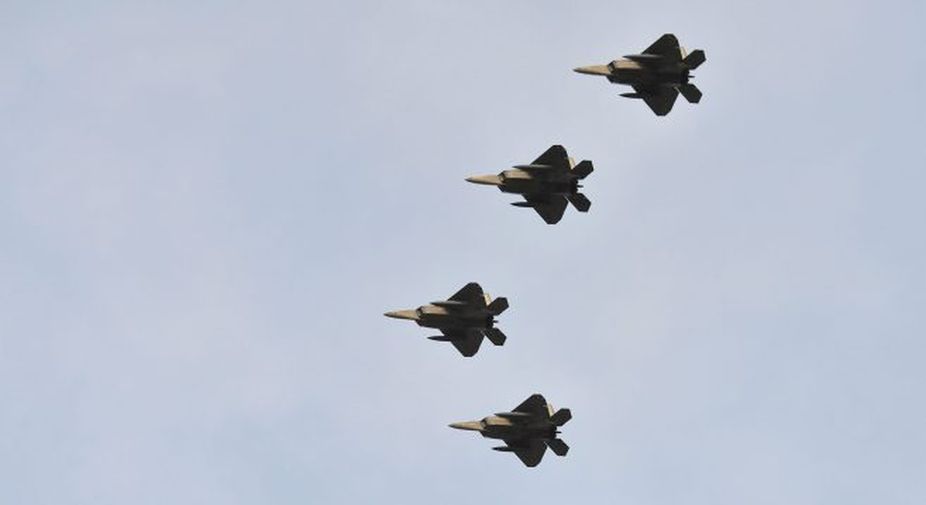Hyundai, Kia post record sales in US in February
Hyundai Motor, South Korea's top automaker, saw its sales in the United States climb 3 per cent from a year ago in February, marking its biggest sales for the month, the company said on Sunday.

Photo Source: Twitter
Protests broke out here on Monday as South Korea and the US began a major joint air combat exercise, in what appears to be another show of strength following North Korea’s latest missile test conducted in late November.
Dozens of people gathered outside the US embassy in Seoul to protest against these biannual war games and demand all parties choose dialogue to resolve the current crisis peacefully, reports Efe news.
Advertisement
The drills, named “Vigilant Ace”, seek to improve the all-weather, day and night combined operational capacity of the two countries, according to the South Korean Defence Ministry.
Advertisement
READ MORE: South Korea, US conduct air defence drills
However, a ministry spokesperson insisted that such types of manoeuvers are of the defensive type.
Although the Ministry did not confirm whether it was the largest air combat manoeuvers ever carried out between Washington and Seoul, local media suggested that this year’s operation marks the two countries’ largest joint air drills ever recorded, with more than 230 aircraft and some 12,000 troops in participation.
The US deployed over two dozen stealth fighter jets, including F-22s and F-35s, and two strategic B-1B bombers in the manoeuvers, which will conclude on Saturday.
The joint drills were set to simulate precision attacks on mock nuclear facilities and self-propelled missile launch vehicles similar to those used by Pyongyang.
The operation is part of an agreement endorsed in October between Washington and Seoul, which aims at expanding “rotational deployment” of US strategic assets on the Korean peninsula and pressuring North Korea to drop its nuclear programme.
The North Korean regime, which usually considers such military exercises as an attempt to invade its territory, condemned the Vigilant Ace drills on Sunday.
On November 29, North Korea launched the Hwasong-15 rocket, its most advanced intercontinental ballistic missile to date which has put Pyongyang closer to striking the US with nuclear weapons.
Advertisement